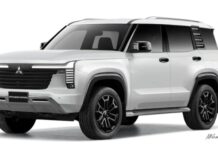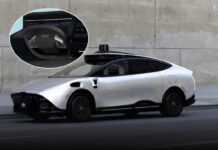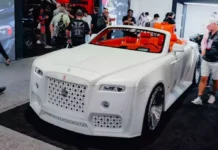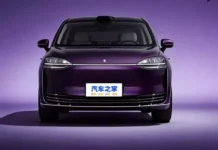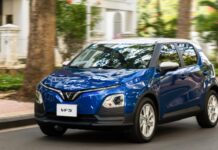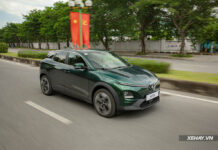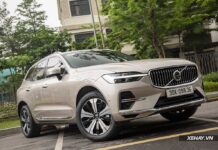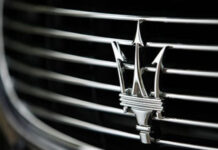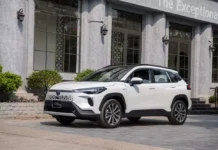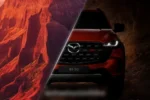The evolution of technology has an interesting effect: it makes people more demanding. Think about your first experience with Apple CarPlay – a feature once pioneered by Ferrari – or the convenience of adaptive cruise control on a highway, first introduced by Lexus LS. Initially, these technologies seem magical. But once we get used to them, it’s hard not to feel frustrated when driving a rental car lacking these basic features.
The list of technologies below may not be revolutionary, but they reflect the modern automotive industry’s indulgence. Some are recent innovations that quickly became mainstream. Others, once exclusive to luxury brands like Mercedes-Benz S-Class, have trickled down to affordable models like the Nissan Versa. Regardless of their origins, most of these technologies didn’t exist in 2000 – or existed only in research labs.
1. Apple CarPlay / Android Auto
Launch: 2014
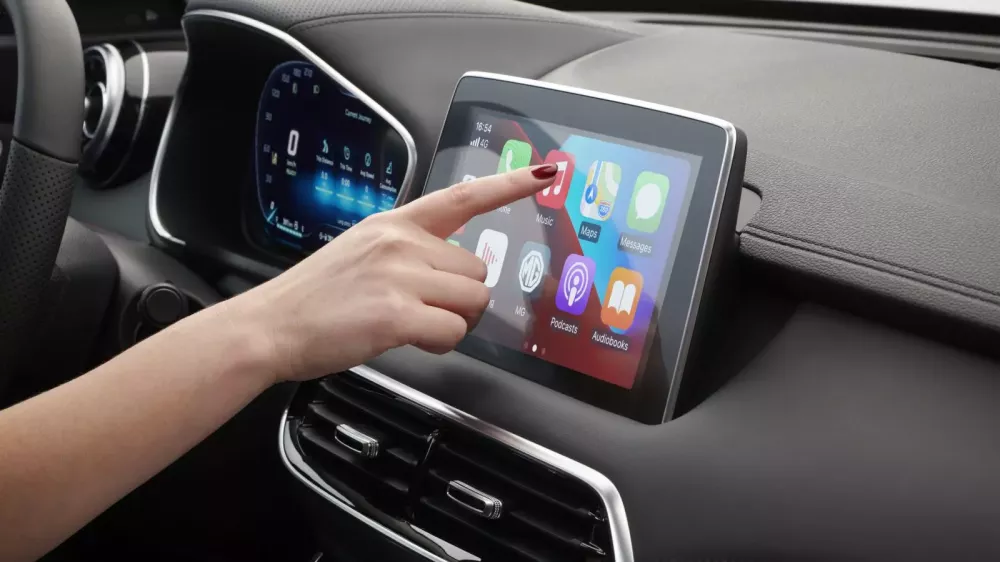
In the mid-2010s, integrating smartphones into automotive infotainment systems was a breakthrough. Drivers no longer struggled with clunky navigation or entertainment interfaces; they could simply plug in their phones and use familiar apps through Apple or Android interfaces. Initially, this technology was exclusive to luxury cars – the 2014 Ferrari FF was the first car to feature Apple CarPlay. By 2015, the Hyundai Sonata supported both Apple CarPlay and Android Auto. Today, Apple CarPlay Ultra even allows adjustments to car settings, instrument clusters, and AM/FM radio.
2. Start-Stop Engine
Launch: 2000 (hybrid vehicles), 2012 (conventional gasoline vehicles)
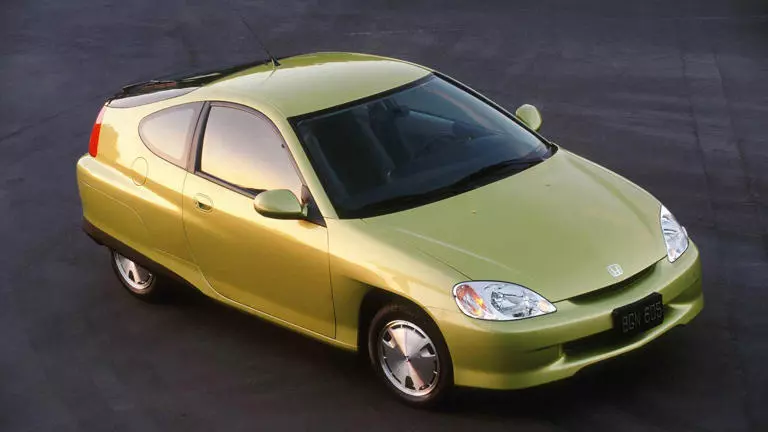
Honda Insight 2000 – The first car to feature start-stop technology in the US
Also known as idle stop or auto stop-start, this technology first appeared in the US on the 2000 Honda Insight, followed by the 2001 Toyota Prius. The system automatically shuts down the engine when the car is stopped at a red light, reducing fuel consumption and emissions. For conventional gasoline vehicles, this feature started appearing in high-performance models like the 2011 BMW M3 and the 2012 Porsche Panamera and Cayenne. Today, it’s become commonplace, although still controversial, and may be adjusted to be more easily turned off following a proposal by the US Environmental Protection Agency (EPA) under the Trump administration.
3. Blind Spot Monitoring
Launch: 2005

Volvo introduced the first blind spot monitoring system in 2005 on the S60, V70, XC70, and S80 models, calling it BLIS (Blind Spot Information System). The system used a camera mounted on the side mirror to monitor blind spots and warn the driver when a vehicle was alongside. Today, this technology has been upgraded with radar and sonar for improved performance in low-light conditions or bad weather.
4. Full-Speed Adaptive Cruise Control
First Launch: 2007
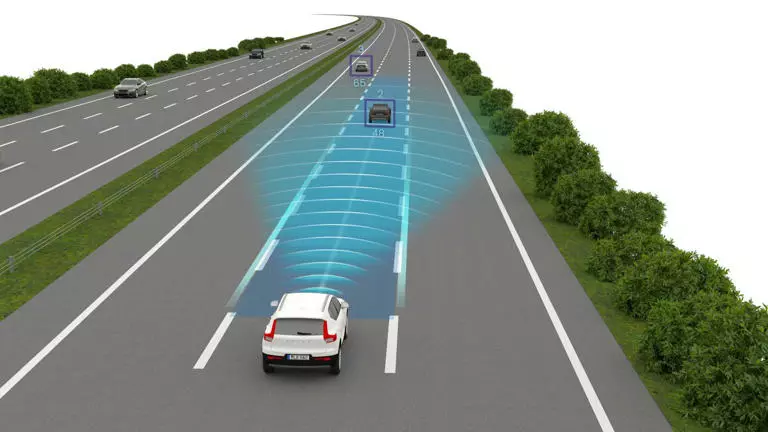
Adaptive cruise control is now commonplace, but full-speed adaptive cruise control – which can bring the car to a complete stop – arrived a little later. The first car capable of decelerating to a halt according to the traffic situation ahead was the 2007 Mercedes-Benz S-Class. Since then, the technology has been upgraded to handle stop-and-go traffic, with additional safety features like obstacle detection and automatic emergency braking.
Toyota made headlines in 2017 by making this system standard on the RAV4 and Corolla – affordable and popular models. Adaptive cruise control has now been enhanced with stop-and-go functionality, allowing the car to come to a complete stop and resume motion when the traffic ahead starts moving.
5. Automatic Emergency Braking
First Launch: 2004
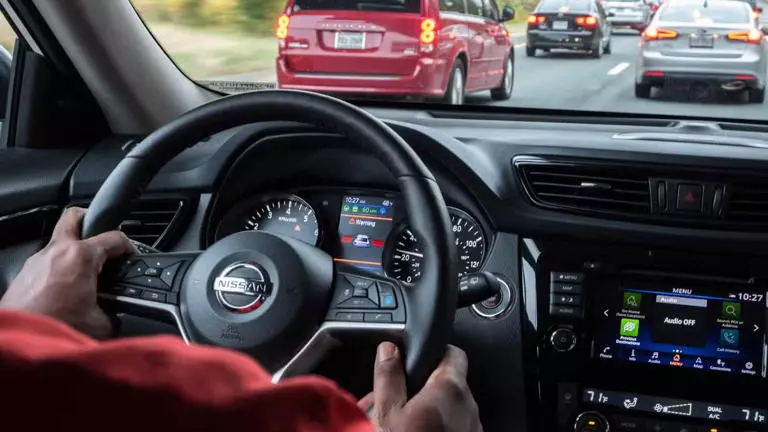
Automatic emergency braking was first introduced in the US on the 2004 Lexus LS 430. This system can work in conjunction with technologies such as sonar sensors, laser, radar, or cameras, which are also used in adaptive cruise control, or it can operate independently to enhance safety. When the system detects that the vehicle is approaching a stationary or slowly moving object too quickly and determines that a collision is imminent, it alerts the driver and, in critical situations, automatically applies the brakes to minimize the severity of the accident or even avoid it altogether.
Initially, this system was only effective at low speeds – Volvo called their version “City Safety.” Today, automatic emergency braking can operate at high speeds, with some systems powerful enough to bring a vehicle from 80 km/h to a complete stop. It is now standard on most vehicles and will be mandatory on all new cars sold in the US from 2029. Studies show that this system reduces collisions by about 40%, saving costs, reducing hassle, and even saving lives.
6. Direct Injection
First Launch: 1955 (limited production)
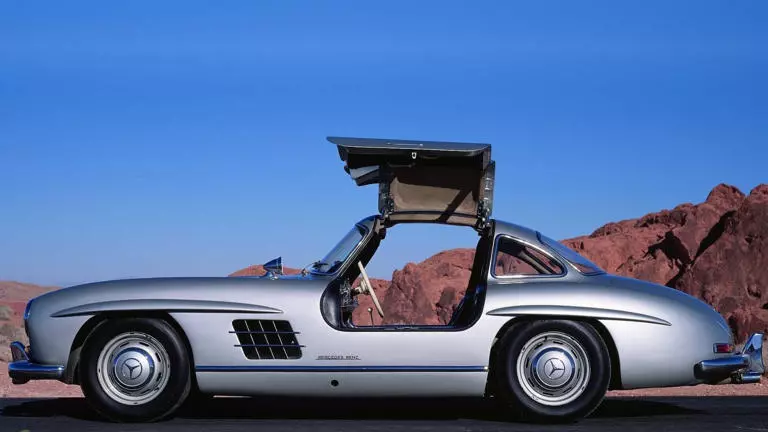
Technically, direct injection was first introduced on the 1955 Mercedes-Benz 300 SL Gullwing. This car also debuted the fuel injection system, notably injecting directly into the combustion chamber instead of the intake tract. However, due to various reasons, this technology didn’t catch on in the US until 2002, when it reappeared on the BMW 7 Series with a low-pressure V12 engine. The high-pressure direct injection system similar to today’s standards appeared in 2006 on the Audi A4.
Unlike indirect injection (into the intake tract), direct injection pumps fuel directly into the combustion chamber at high pressure, allowing better fuel-air mixing and more efficient combustion. This results in improved performance and reduced fuel consumption. However, a drawback is the production of more soot. To address this, some vehicles (e.g., Toyota’s D-4S system) combine both types of injection, using indirect injection in situations where direct injection may be detrimental, such as during cold starts or low loads.
7. Cylinder Deactivation
First Launch: 1981, Popularized in 2005
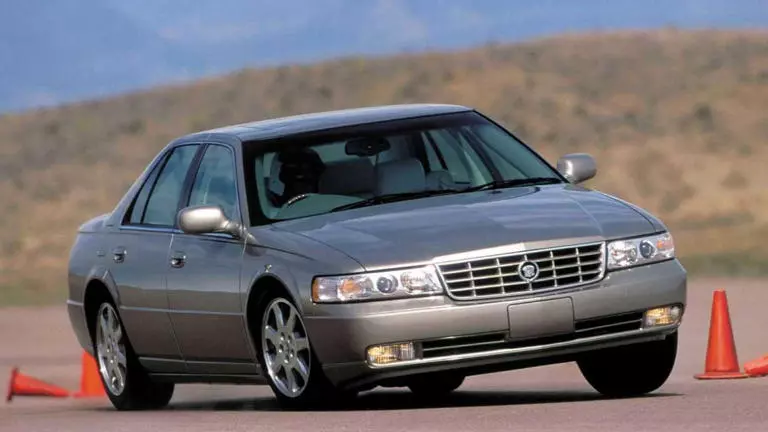
Cylinder deactivation technology is not new; it dates back to the early days of the internal combustion engine. The first mass-produced version appeared in 1981 on Cadillacs with the V-8-6-4 system, allowing the V8 engine to switch to V6 or inline-4 depending on load. However, the cars often experienced shaking, throttle lag, and stalling, so most dealers disabled the feature for customers. GM discontinued the technology after just one year.
In 2005, the idea resurfaced with modern systems: GM’s Active Fuel Management, Honda’s Variable Cylinder Management, and Chrysler’s Multi-Displacement System. Thanks to electronic throttle control, this technology became more stable. Today, many automakers have adopted cylinder deactivation for various engine types. GM has even developed it further into Dynamic Fuel Management, which can run the engine on just one cylinder during ultra-light loads.
8. Gasoline Particulate Filters (GPF)
First Launch: 2020
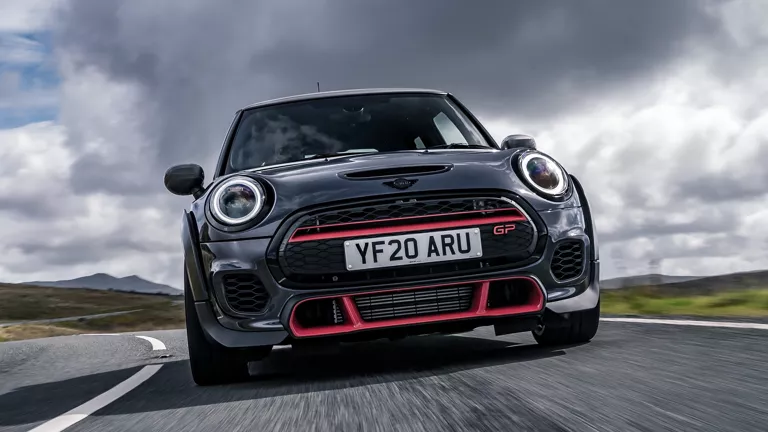
True to its name, the gasoline particulate filter is part of the emission control system, responsible for trapping small (but not ultrafine) particulate matter in the exhaust. These particles are held on the filter’s surface, and then burned off by increasing the exhaust temperature. The remaining residue after burning is less harmful to the environment.
This technology has been used in European cars since 2014, but the first US car to feature it was the 2020 Mini. From 2025, models like the Ford Maverick, Volkswagen Taos, and BMW X3 with four-cylinder engines will also use GPF. A downside is the potential for clogging if the car is only driven short distances, as the temperature may not get high enough to burn off the soot – but a 20-minute highway drive can solve this issue.
9. Magnetorheological Dampers
First Launch: 2002

In 2003, to celebrate the 50th anniversary of the Corvette, Chevrolet equipped this sports car with the MagneRide suspension system, which uses magnetorheological dampers instead of conventional hydraulic ones. The fluid inside contains tiny magnetic particles that instantly change the damper’s stiffness when an electric current is applied, providing a smooth ride while maintaining excellent body control.
However, the Cadillac Seville STS was actually the first to introduce this technology in mid-2002. Today, magnetorheological dampers are featured in many luxury and high-performance vehicles, such as the Ford Mustang, Cadillac Escalade, Ferrari Roma, and, of course, the Chevrolet Corvette.
10. Twin-Scroll Turbocharging
First Launch: 1987 (experimental), Popularized in 2009
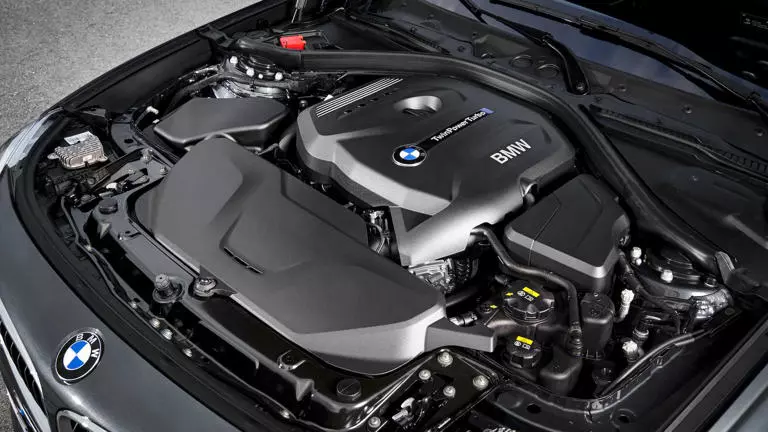
Twin-scroll turbo technology first appeared in the US on the 1986 Mazda RX-7 Turbo II. Each rotor of the 1.3L engine had a separate exhaust path leading to a single turbocharger, ensuring a continuous and balanced flow of gas, reducing turbo lag, and increasing power at higher RPMs.
However, by 1993, the RX-7 switched to using two separate turbochargers. Turbochargers then declined in popularity until the mid-2000s, when downsizing became trendy again due to rising fuel prices. BMW reintroduced twin-scroll turbocharging to the market with the N55 “TwinPower” engine in 2009 – a six-cylinder engine with one turbocharger but two exhaust paths. Today, most turbocharged engines use this design, from the Lexus NX to the supercar McLaren W1.
The All-New Mazda BT-50: Unveiling in Thailand Soon
The all-new Mazda BT-50 pickup truck is gearing up for its grand unveiling in Thailand by the end of this month. With a sleek and sophisticated design, the BT-50 is poised to captivate automotive enthusiasts across the region. As Thailand welcomes the latest addition to its vibrant automotive landscape, there is much anticipation that Vietnam will be the next destination for this remarkable vehicle, marking a significant step forward for Mazda in the Southeast Asian market.
The Ultimate Guide to the Volkswagen Tiguan: Unveiling the Platinum Edition, Priced at 1.688 Billion VND.
The Volkswagen Tiguan Platinum has some strong competitors in the same price bracket, including the Mercedes-Benz GLC 200 and the Skoda Kodiaq. These three SUVs offer a range of features and performance that will appeal to those seeking a balance of luxury and practicality. With sleek designs and powerful engines, they are a force to be reckoned with in the automotive market.



